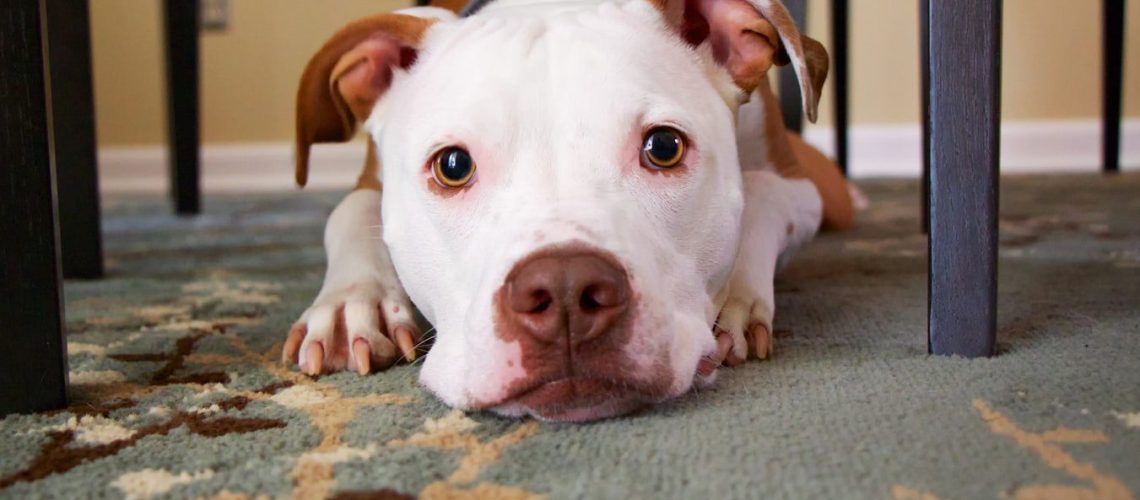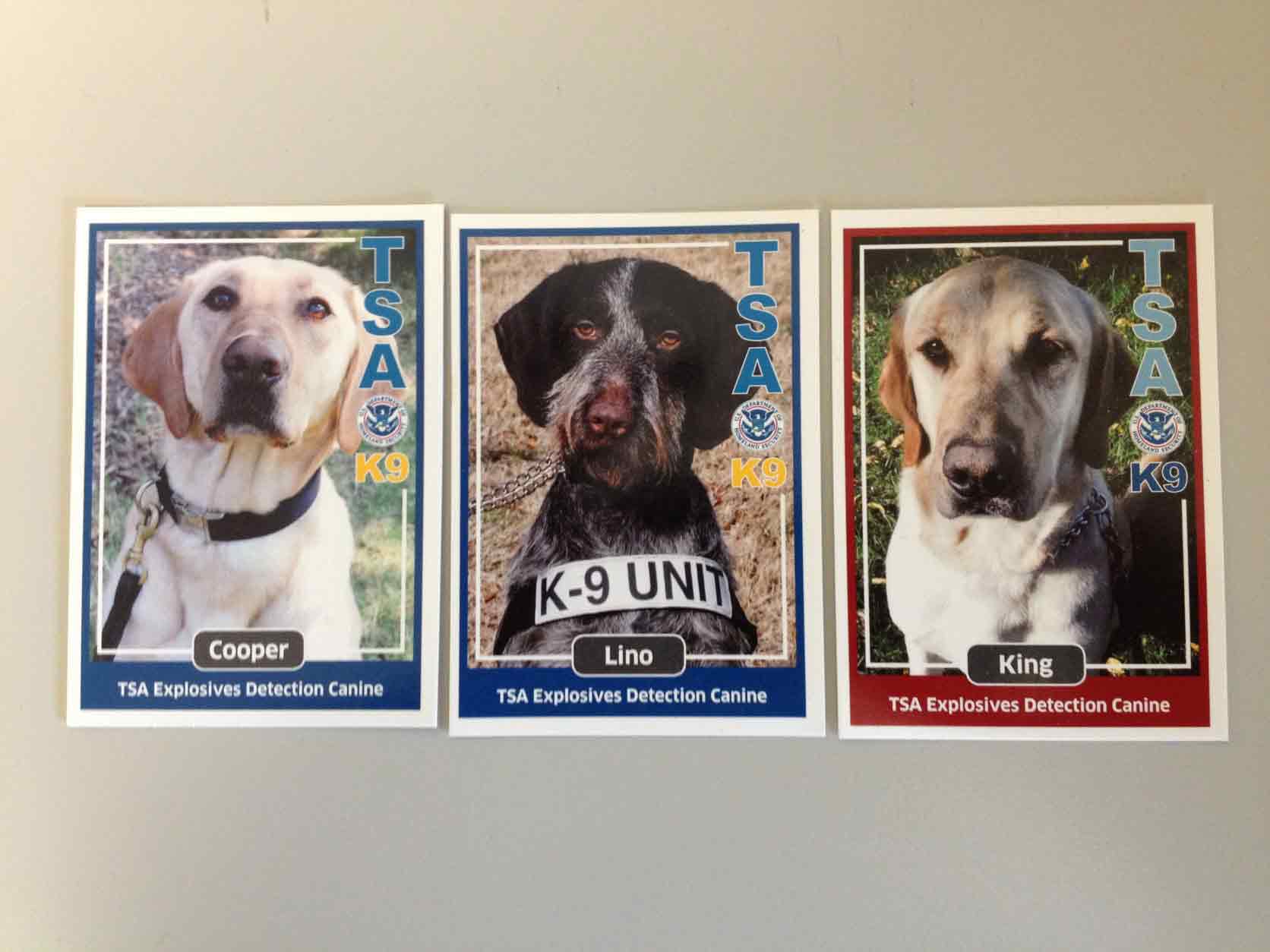If you're interested in adopting a failed service dog, this guide will provide you with valuable insights and step-by-step instructions on how to navigate the process successfully.
Key Takeaways:
- Adopting a failed service dog can be a rewarding experience for both the dog and the adopter.
- Failed service dogs are often highly trained and well-behaved, making them ideal companions.
- It is important to have realistic expectations when adopting a failed service dog, as they may have specific needs or limitations.
- Patience and understanding are crucial when transitioning a failed service dog into a new home environment.
- Seeking professional guidance and support can greatly assist in the successful adoption of a failed service dog.
What is a failed service dog?
A failed service dog, also known as a career change dog, is a dog that was initially trained to become a service dog but did not successfully complete the training program. Service dogs undergo extensive training to assist individuals with disabilities in various tasks such as guiding the visually impaired, alerting for medical conditions, or providing support for people with mobility issues.
However, not all dogs are suitable for this type of work. Some dogs may lack the necessary temperament or skills to perform these tasks consistently and reliably. These dogs are considered "failed" because they did not meet the specific requirements or standards set by the organization responsible for their training.
Reasons why some service dogs can't finish their training
There are several reasons why some service dogs may not be able to complete their training:
- Lack of appropriate temperament: Service dogs need to have a calm and stable temperament to handle different situations effectively. If a dog shows signs of being easily stressed or reactive, it may not be suitable for this type of work.
- Health issues: Some dogs may develop health problems during their training that prevent them from performing their duties. These health issues could be physical, such as joint problems or chronic pain, or mental, such as anxiety or fearfulness.
- Inability to learn required tasks: Service dogs need to learn and consistently perform specific tasks to assist individuals with disabilities. If a dog struggles with learning these tasks or cannot perform them reliably, it may not be able to fulfill its role as a service dog.
Differences between adopting a failed service dog and a regular pet
Adopting a failed service dog is different from adopting a regular pet in several ways:
- Training: Failed service dogs have already undergone extensive training compared to regular pets. They may have basic obedience skills and some knowledge of specific tasks, making them more well-behaved and responsive to commands.
- Temperament: Failed service dogs are typically selected for their good temperament, which means they are likely to be friendly, calm, and adaptable. Regular pets may vary in temperament depending on their breed or individual personality.
- Expectations: When adopting a failed service dog, there may be certain expectations or responsibilities associated with its previous training. Owners may need to continue providing mental stimulation, exercise, and structure to maintain the dog's well-being.
Requirements to adopt a failed service dog
Adopting a failed service dog usually involves meeting specific requirements set by the organization or program that trained the dog. These requirements may include:
- A suitable living environment: The organization will assess whether your home is appropriate for the dog's needs in terms of space, safety, and accessibility.
- Adequate time commitment: Failed service dogs still require regular exercise, mental stimulation, and socialization. Prospective adopters should demonstrate their ability to meet these needs.
- Veterinary care: Adopters must show a commitment to providing necessary veterinary care for the dog's health and well-being.
- Financial stability: Owning a dog comes with expenses such as food, grooming, vaccinations, and potential medical costs. Adopters should be able to demonstrate financial stability to provide for these needs.
Benefits of adopting a failed service dog
There are several benefits to adopting a failed service dog:
- Already trained: Failed service dogs have received training that regular pets may not have. They often have basic obedience skills, making them easier to manage and integrate into a household.
- Good temperament: Failed service dogs are typically selected for their good temperament, which means they are likely to be friendly, calm, and adaptable.
- Potential for further training: While these dogs may not have completed their service dog training, they may still have the potential to learn new tasks or be trained for specific purposes.
- Helping a dog in need: By adopting a failed service dog, you are providing a loving home to a dog that did not meet the requirements of its previous training program. You are giving them a second chance at finding a fulfilling life as a pet.
Finding out if there are any failed service dogs available for adoption
If you're interested in adopting a failed service dog, you can start by contacting local service dog organizations or assistance dog programs. These organizations may have information about any dogs available for adoption or can provide guidance on where to find such opportunities.
You can also search online for specific rescue groups or organizations that specialize in rehoming failed service dogs. These groups often have websites or social media platforms where they post information about available dogs and adoption processes.
Support and training required for a failed service dog after adoption
After adopting a failed service dog, it's important to provide the necessary support and continued training to help the dog adjust to its new role as a pet. This includes:
- Establishing routines: Dogs thrive on consistency and structure. Creating daily routines for feeding, exercise, and rest can help the dog feel secure in its new environment.
- Basic obedience training: While failed service dogs may have some basic obedience skills, it's essential to reinforce and continue their training. This can include commands such as sit, stay, and come.
- Socialization: Exposing the dog to different environments, people, and other animals can help improve its social skills and ensure it remains well-adjusted in various situations.
- Patience and understanding: It's important to remember that failed service dogs may have had specific training or experiences that could affect their behavior. Patience, understanding, and positive reinforcement are key when helping them adapt to their new life.
Considerations for adopting a failed service dog
Before adopting a failed service dog, there are a few considerations to keep in mind:
- Potential health issues: Some failed service dogs may have underlying health conditions that need ongoing management. It's important to be prepared for potential medical expenses and provide the necessary care.
- Time commitment: Failed service dogs still require regular exercise, mental stimulation, and attention. Make sure you have enough time to dedicate to the dog's needs.
- Training expectations: While failed service dogs may have received training, they may not be proficient in all the tasks expected of a fully trained service dog. Adjust your expectations accordingly and be open to further training if needed.
Positive impact of adopting a failed service dog on both the dog and owner
The adoption of a failed service dog can have a positive impact on both the dog and its new owner:
- The dog gets a second chance at finding a loving home where it can live as a cherished pet. It no longer has the pressure of meeting strict standards or performing specific tasks, allowing it to relax and enjoy a more typical dog life.
- The owner gains a loyal and well-behaved companion who may already have some training. The bond between the owner and the dog can be strengthened through shared experiences and the fulfillment of providing a loving home.
- The owner may also benefit from the emotional support and companionship provided by the dog. Dogs have been shown to reduce stress, improve mood, and increase overall well-being.
| Adopting a Failed Service Dog | |
| Adopting a failed service dog can be a rewarding experience. | By providing these dogs with a loving home, you offer them a second chance at life and companionship. |
| Remember to consider the dog's individual needs and temperament when adopting. | Patience, training, and understanding are key in helping them adjust to their new environment. |
| Reach out to service dog organizations or local shelters that specialize in rehoming these dogs. | They can guide you through the adoption process and provide support along the way. |

















